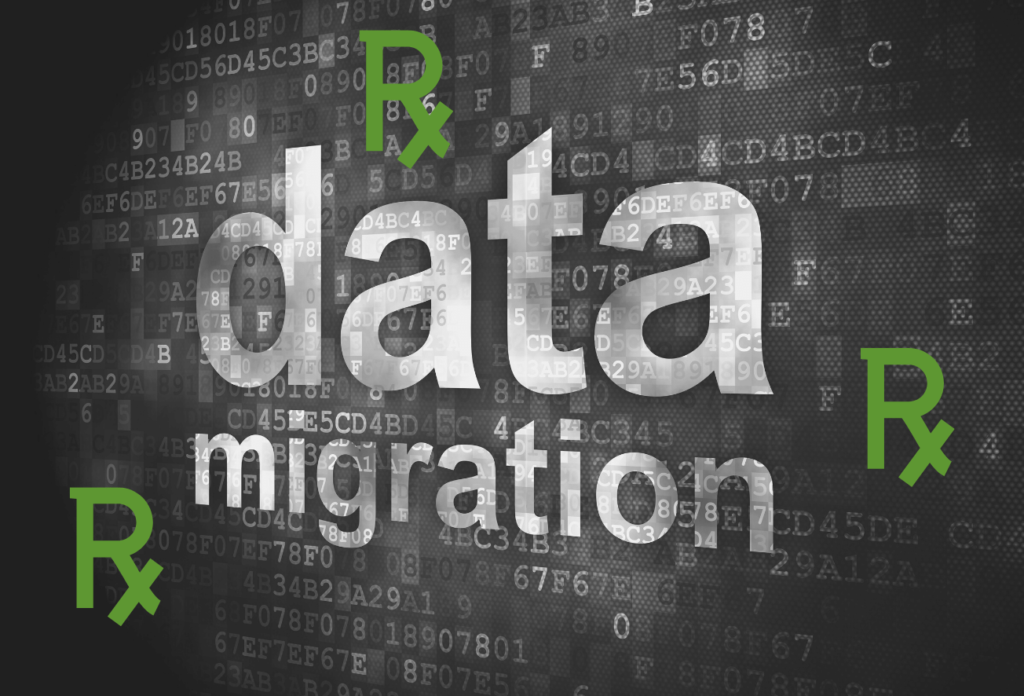Pharmacy Data Migration: Best Practices
February 10th, 2021
Learn about what a pharmacy data migration is. Then explore best practices to keep in mind when converting to a new system for your pharmacy.

Pharmacy data migration can be complex. While you’re probably familiar with the concept, you may not know where to start. That’s okay – we’ve got you covered! If your pharmacy is moving storage systems, follow our best practices for a thorough and seamless transfer.
What Is a Pharmacy Data Migration?
Simply put, pharmacy data migration is the process of transferring data between two or more storage types. Data is at the core of your pharmacy operations, so it’s essential to protect its accuracy. A precise and valid data conversion will allow you to remain focused on patient care.
Pharmacy Data Migration Best Practices
With any data migration, it is critical to design a plan well in advance of the move. A solid framework will safeguard against incorrect and lost data. It will also protect patient privacy, assure HIPAA compliance, and minimize user downtime.
When creating a pharmacy data migration plan:
- Consider the scope and source of the data to migrate. What data will you move, and where does it currently live?
- Determine specific mapping and requirements. How do current needs compare to the new system?
- Understand how the migration will be measured and verified. How will we know the move was successful?
- Design a backup plan. How will we protect the data if the move is unsuccessful?
While every data transfer is unique, there are best practices we can apply to all situations. As leaders in the field of pharmacy data migration, we’ve compiled a list of seven steps to a precise and complete move.
Step One: Identify Source Data
Determine where you’re storing data (on-premises, the cloud, etc.). This allows you to create a migration plan tailored to your specific system requirements.
Step Two: Review Source Data
Pinpoint unlinked, obsolete, and duplicate entries. Remember that field matching isn’t exact from software to software. General fields may transfer, but smaller ones may not. Confirm mapping with your data migration partner.
Step Three: Perform Data Cleanse
Remove outdated, incomplete, and incorrect entries. This will provide a clean slate for your new storage system.
Step Four: Schedule Data Migration
Plan the transfer with all stakeholders to minimize system downtime. This will also protect against disruptions in patient care.
Step Five: Back Up Source Data
Your current system will likely be in-use right up until the time of migration. Make sure to back up the data as close to this time as possible.
Step Six: Move the Data
Transfers are rarely straightforward. Work closely with your migration partners to move (not copy) the data. Choose a specialist who can handle the ins and outs of this complex task.
Step Seven: Verify and Validate Migrated Data
Create a solid quality assurance procedure that includes collaboration between yourself, software providers, and your data conversion company. Provide feedback until the migration plan is complete.
Want to Learn More About Pharmacy Data Migration?
Take a deep dive into the process by downloading The Ultimate Guide to Pharmacy Conversions, complete with our insider tips and expert advice! We’re sharing with you our learnings from more than 20 years in the pharmacy data migration industry to ensure your transfer is streamlined and accurate.